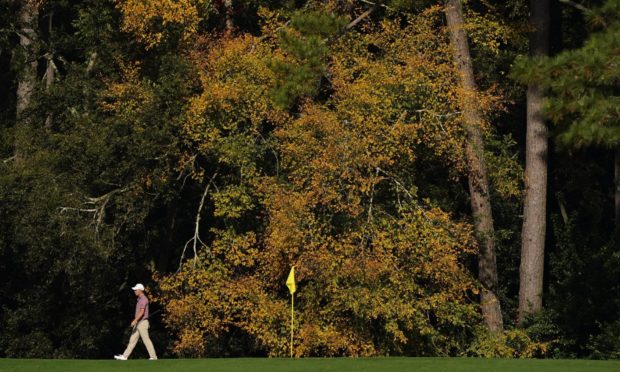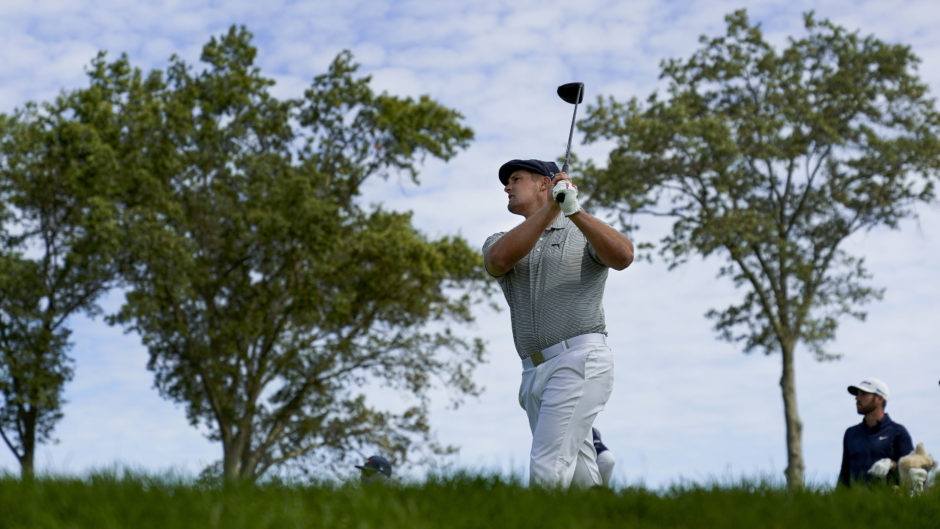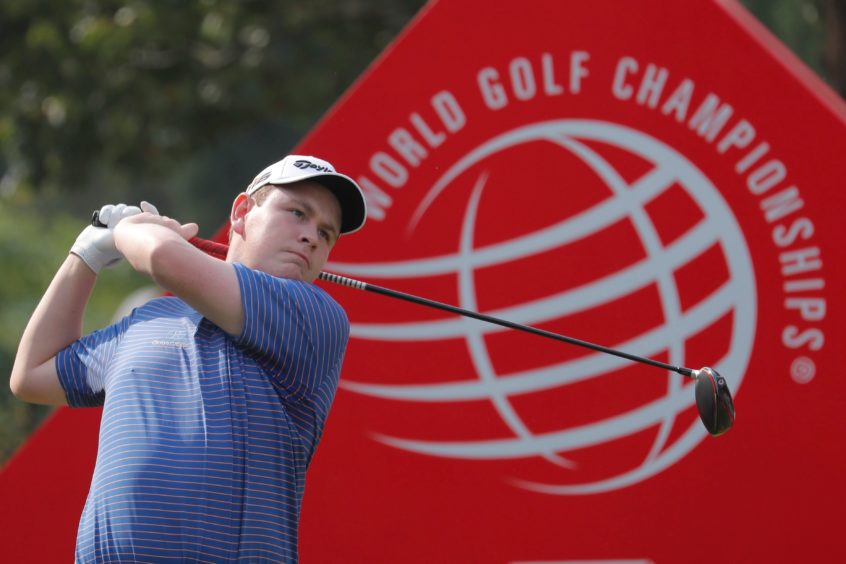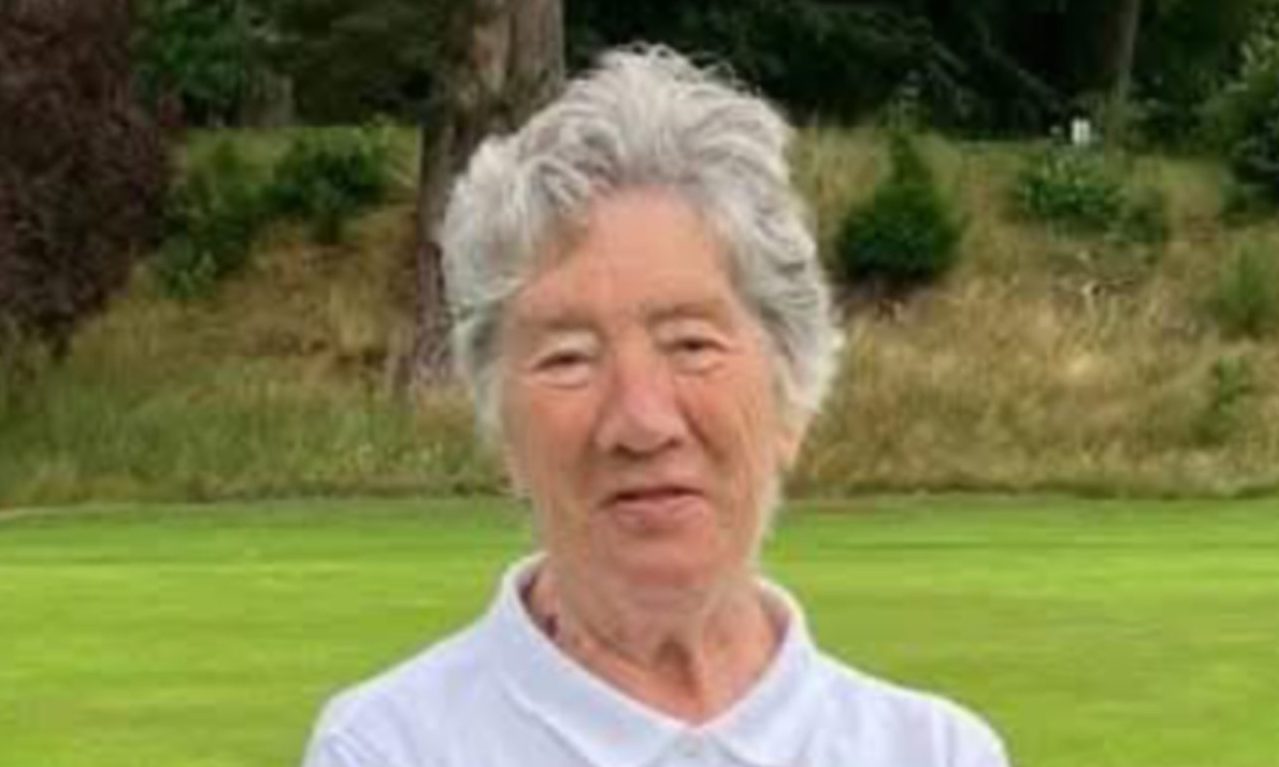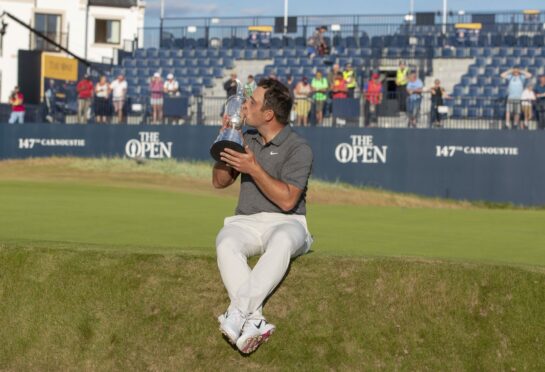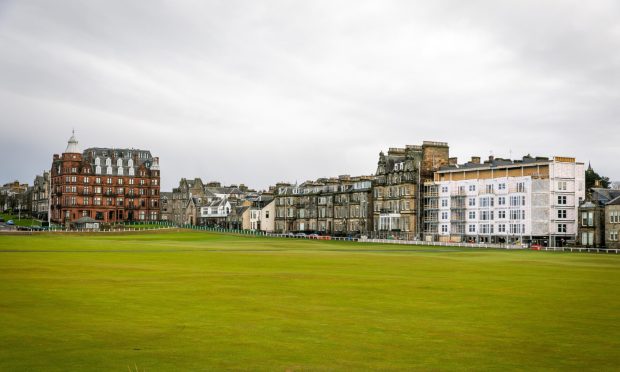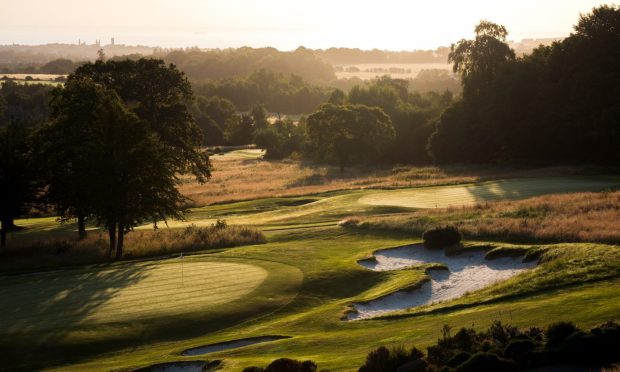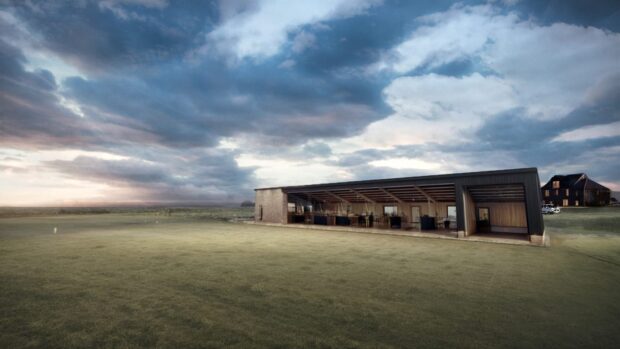If you needed any more indication that the entire year of 2020 is backside over chest – being delicate there –the fact it’s Masters week in mid-November would appear to be fairly unequivocal.
What’s usually first is last, and vice versa. A Masters like no other, if you want to use the tournament’s own favourite slogan, coined by Jim Nantz, the CBS commentator. Even if Jim’s over-obsequious annual displays at the Butler Cabin at the made-for-TV presentation on Sundays weren’t enough, you think they’ll give him a membership for that.
There is plenty of intrigue about a pandemic Masters. The deciduous foliage will be turned autumnal, and there is something appealing about seeing the impossible greenness of Augusta being dotted with red, orange and brown.
More significant to the actual playing, there will be no “patrons” and none of their roars echoing through the pines. The course itself will be softer, as it is one month rather than six into its annual re-growth from the necessary overseeding required after a North Georgia summer burns the turf to a desert hue.
So it should play longer than it does in April – rain is forecast for just about every day this week. Will that mean the impending and final reckoning on the distance the ball travels in the modern game will be postponed?
Bryson DeChambeau – the tournament favourite – is the poster boy for those hitting it lengths almost unimaginable just ten years ago, but he’s far from the only one.
The idea perpetrated by some that the growing disquiet on distance hitting solely relates to DeChambeau – and that therefore any action to curb distance is an overreaction – is simply wilfully ignoring the trends. Matthew Wolff, much younger and less keen on relentless self-advertising than Bryson, actually had a longer driving distance average in the US Open at Winged Foot.
Plus, if history teaches us anything it’s that even semi-successful innovation in golf – from the days of the feathery to the hybrid metal wood – is wrung dry by the elite of the game in their never ending search for an edge.
Dechambeau is simply an extreme example who has upped the ante. There will be others who follow, and who innovate better than he has.
Bryson has clearly chosen Augusta and this year and his place to make a defining statement about what he wants to do in the game. If he succeeds, and the Open Championship at a now vulnerable Old Course in just 20 months’ time – Covid permitting – then one can see action being accelerated from the snail’s pace the R&A and USGA have set with their Distance Insights programme.
Graeme McDowell said last week that he thought DeChambeau could drive 10-12 greens at the OC. But July 2022, you’d imagine there’ll be a good number more who have bulked up or found the elixir that enables them to hit it 380 yards roughly straight.
In whose interest is it that the OC and other great and historic venues are rendered obsolete for elite golf? I’d say that is a vastly greater affront to the traditions of our game than simply having a different specced ball for the elite and the rest, and it’s not even remotely close.
In addition, longer courses and ever-bigger properties require greater abuse of the environment to sustain them as golf courses.
For those who still decry the green lobby and think they can be ignored, get your head out of the sand. Golf did a great job making enemies in the public at large over 250 years, we shouldn’t be in the habit of making any more.
It might not happen this way. A cooler – in both senses of the word – Masters might happen in November, and there is definitely intrigue in having two of them in six months, possibly playing quite differently. Augusta’s remaining nuances may come to the fore and reward intelligent and creative players, like the course has done so many times.
But even if it doesn’t happen, we’re only postponing the final decision about what golf wants to be in the 21st century – what it’s always been, a marriage of athleticism and of intricate skills, or a paradise for sluggers.
Only a matter of time
Robert MacIntyre’s victory in the Aphrodite Hills Cyprus Challenge, his long-awaited first tour victory, provoked a quite proper and understandable outpouring of joy within the Scottish golf community, given the Oban lad’s widespread popularity.
That joy masked the fact that we’re actually a dour and hard lot. I’d heard far too many questions from some within golf in Scotland about Bob’s form in 2020, sage voices much too keen to say he was “in trouble” and had lost his game.
It was utter nonsense, of course. He turned 24 in August, and was still a baby in tour life. The idea that three or four second places meant “he couldn’t win” was laughable.
Bob alluded to these “negative” voices in his post-victory interview. We can be brutally hard on our guys and their achievements, and no doubt some are already polishing the view that this was not a top-order field and he still has something to prove.
Only to himself, is the answer to that. He’ll win again, and in the best company.
